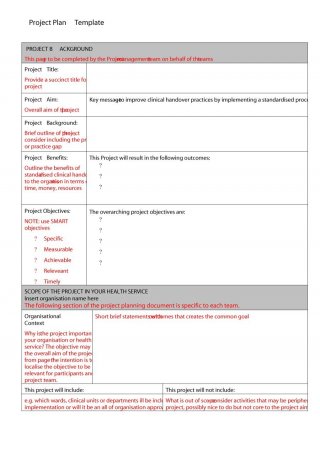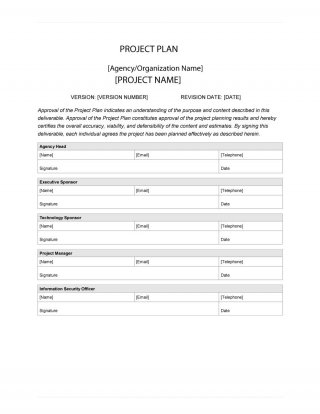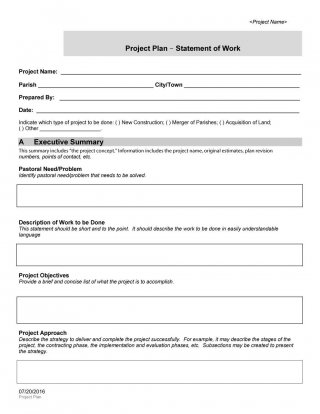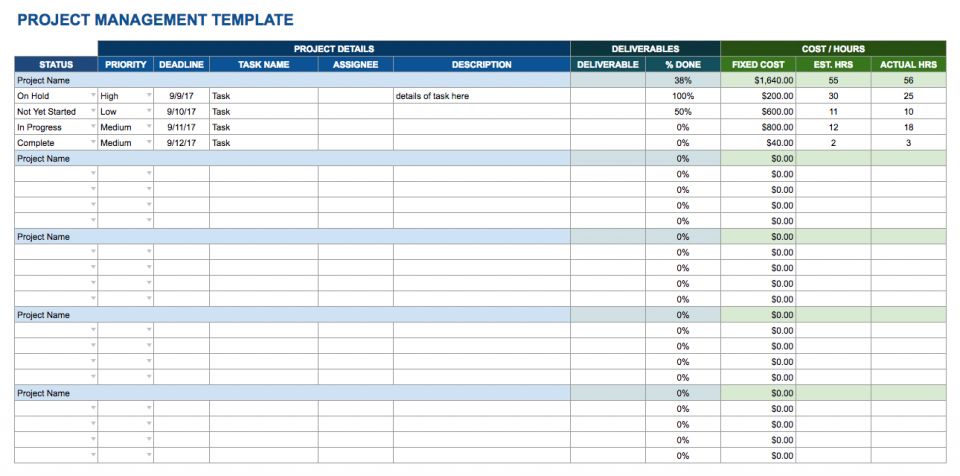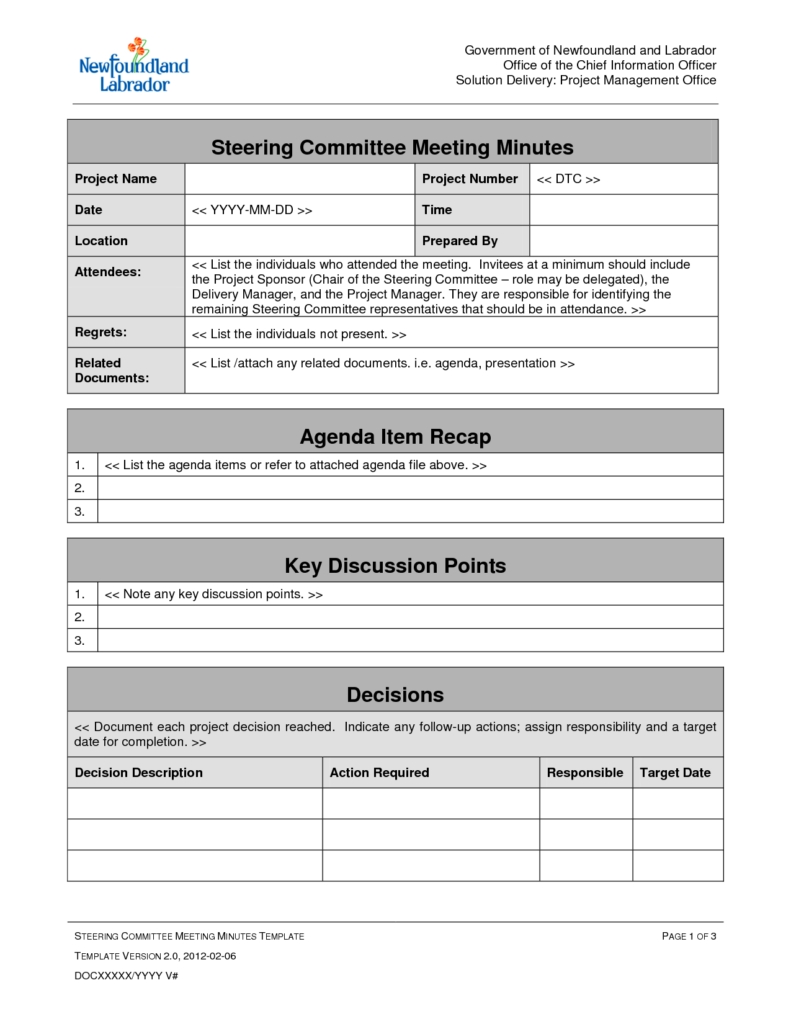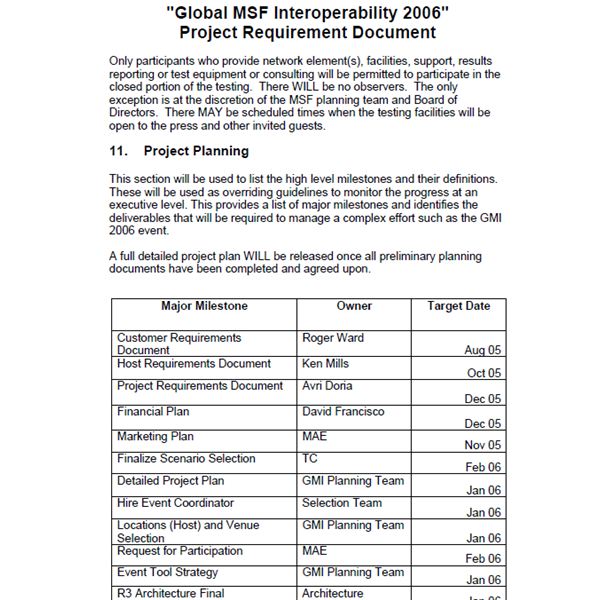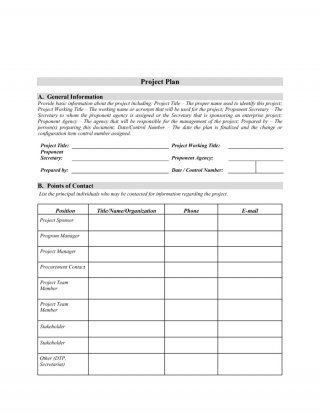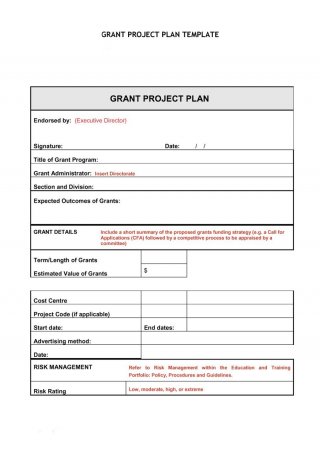Project management steps in the real estate industry
10 – Project management steps in the real estate industry
This post presents an overview of project management steps in those projects dealing with the Acquisition and Development of real estate.
Challenges, issues and constraints that may arise for project managers or project management consultants working on these types of projects will be briefly discussed.
Project Management Status in the Acquisition and Development of Real Estate Assets
Outside of construction work, real estate as an industry has generally been slow to adopt formal project management techniques or a project management framework.
Although inroads in this regard are being made in real estate development projects, the acquisition of real estate assets of any nature is almost never perceived as a “project” in the technical sense of the word. Instead, real estate acquisition is treated as a transaction best handled exclusively by lawyers and other legal personnel, and for which no project management skills or knowledge are required.
Project Management Challenges in Real Estate Acquisition Projects
Download these new PDF. DOC and JPEG files – 10 Project management steps in the real estate industry.
Obviously and in light of the foregoing discussion, the greatest challenge presented to a project manager on an acquisition project may very well be how to avoid being ignored. Since success is the best guarantor of being taken seriously, the project manager needs to deliver measurable project value.
Baselines should be created and actuals frequently monitored against them. Schedules should not simply be adhered to, but efforts also made to optimize those schedules. Budgets must be scrutinized not only for the purpose of saving costs, but also with an eye to recognizing those instances in which application of additional resources (financial or other) will produce exponentially greater value.
Furthermore, the project manager should insure that project progress on these and other subjects are regularly and appropriately communicated to management, the client, the project sponsor and other stakeholders.
A good communication management plan is an essential tool.
A substantial portion of the work to be done on an acquisition project revolves around performance of Due Diligence activities. Fundamentally, these activities are no more and no less than what project managers know as the risk identification and risk analysis processes. A sufficiently detailed and comprehensive risk management plan is a bottom-line requirement for these types of projects.
The complicating factor in the management of acquisition projects is that of organizational interfaces. These can include both formal and informal project reporting relationships, as well as funding-related constraints and dependencies.
A formal communication plan is the project manager’ best hope of dealing successfully with the challenges posed by organizational interfaces.
In addition, the soft skills of negotiation, conflict resolution, team leadership and interpersonal communication are absolutely crucial to the process of “making the deal happen”, which is essentially what the project manager would call the Closing Process of the project (part of the project management lifecycle).
Frequently, a property acquisition project is but a component of a formal real estate acquisition program. In that instance, the project scope and the project management plan in general must be monitored for continued alignment with the broader goals, objectives and benefits of the program.
Project Management Challenges in Real Estate Development Projects
Non-construction real estate development projects most often will take the form of implementing property use changes; for example, an apartment complex is converted to residential condominium properties, or a former elementary school building is transferred to the private sector and transformed into commercial office space.
The fact that these projects may be schedule or budget sensitive (in the sense that most projects are routinely so) becomes particularly challenging for the project manager due to their heavily regulated nature.
Building or property use changes in the U.S. are uniformly subject to local zoning ordinances, at the very minimum. It is not at all unusual for application to proceed pursuant to such ordinance to then trigger additional state, regional, or even federal review of the project.
Even a relatively uncomplicated use change project routinely requires a variety of permits and licenses, from different regulatory agencies, and at multiple milestones…thus creating a perfect storm of opportunities for schedule, budget and resource-availability disasters.
Furthermore, the highly-regulated nature of these projects gives rise to a multiplicity of stakeholders.
Early and comprehensive stakeholder identification and analysis, together with project governance and regular monitoring and updating, is necessary in order to deal successfully with all stakeholders and defuse many possible project obstacles.
Once again, a formal communication plan is imperative.

